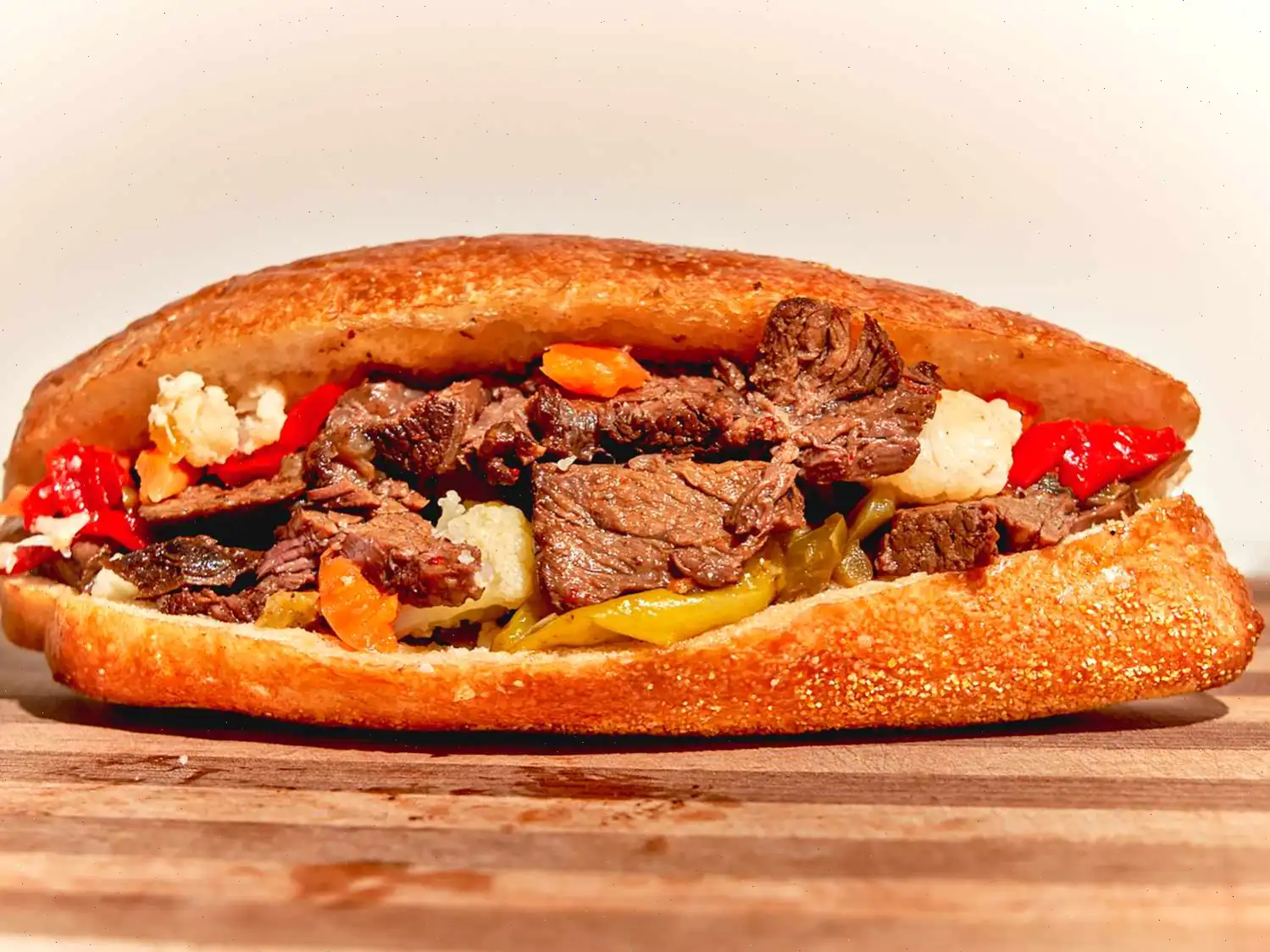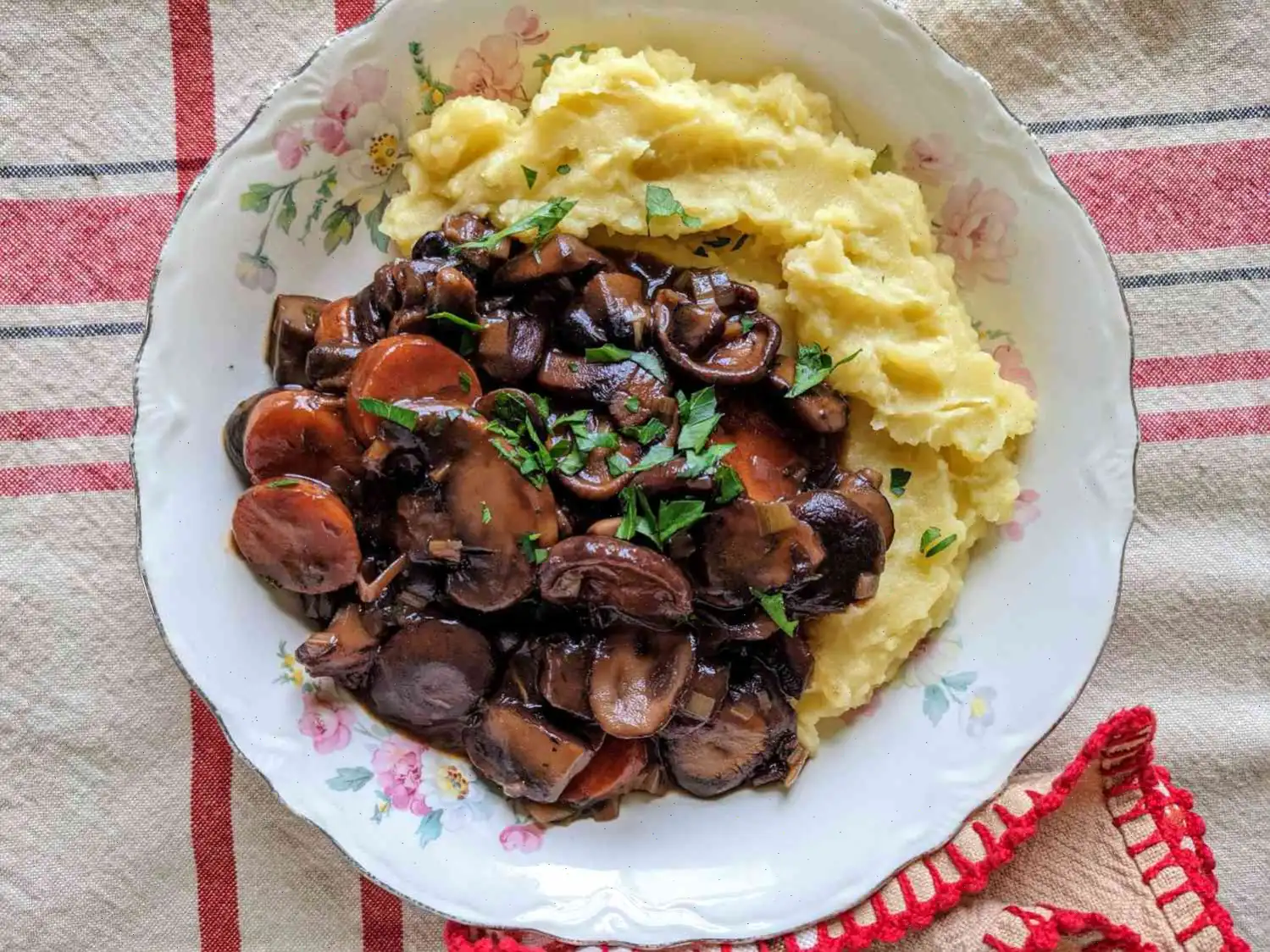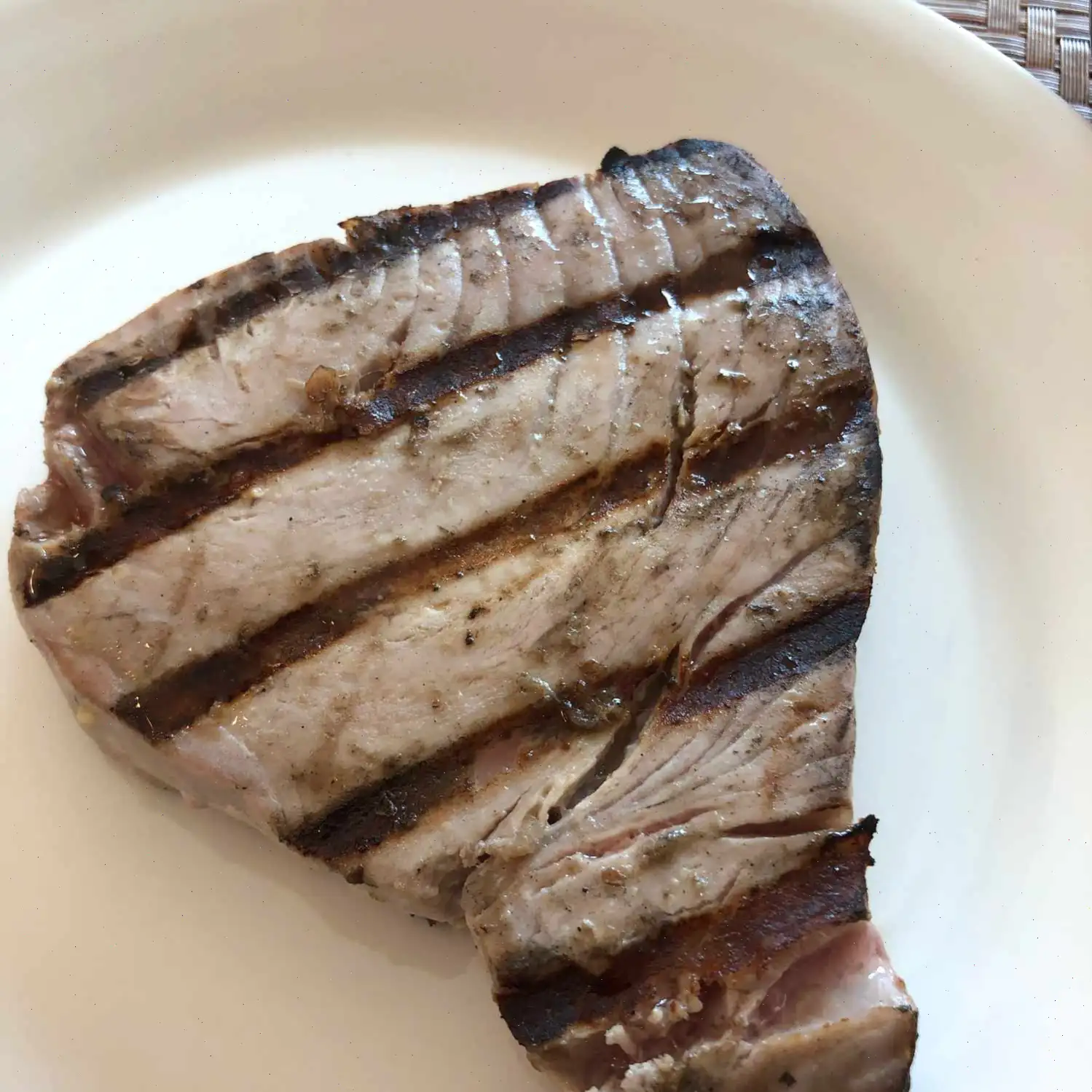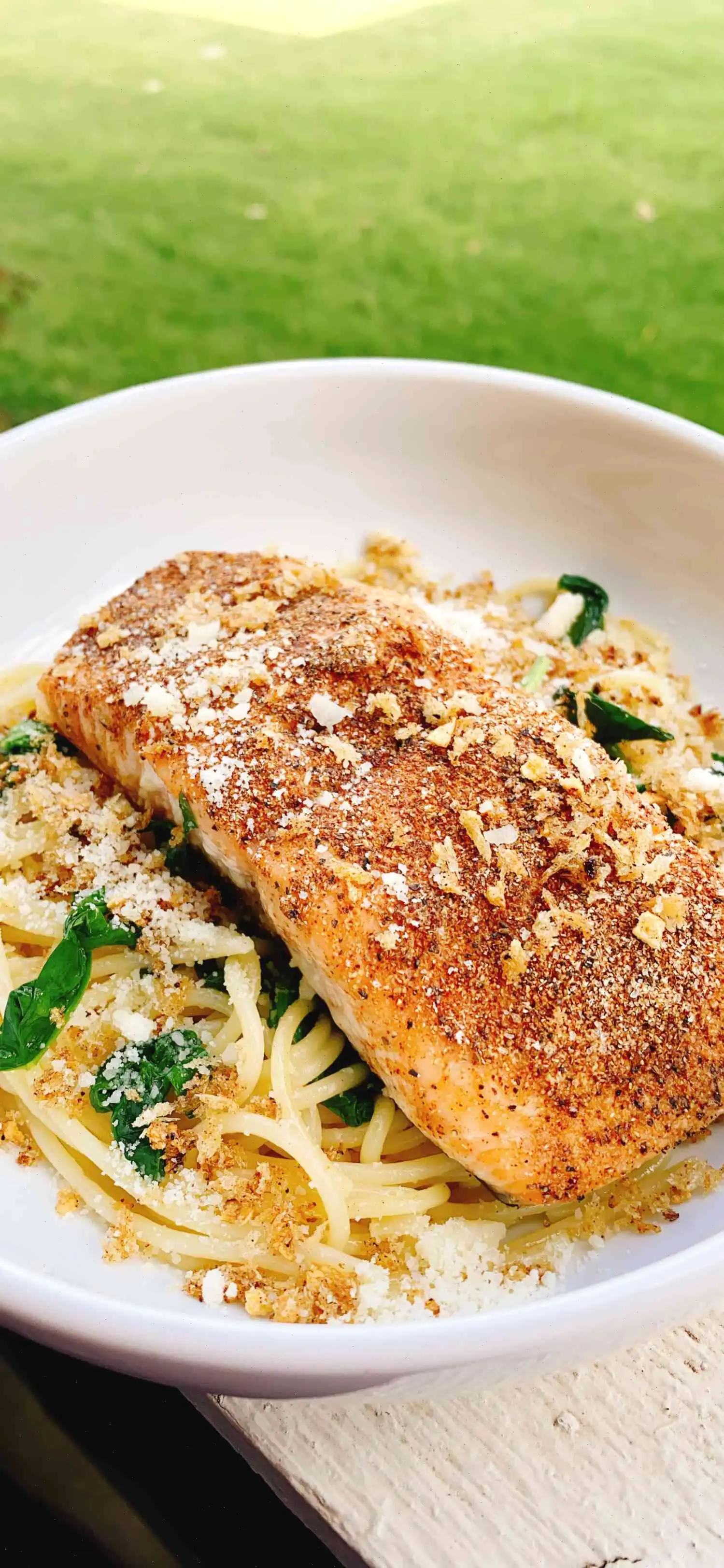
Sunflower Caesar Salad Recipe
Ingredients:
Dressing:
- 1/2 cup roasted sunflower seed kernels
- 1 garlic clove, peeled, or more to taste
- 3 tablespoons drained capers
- 1 rounded tablespoon Dijon mustard
- 1/4 cup lemon juice
- 1 1/2 teaspoons soy sauce
- 2 teaspoons Worcestershire sauce
- 1/3 cup Parmigiano Reggiano cheese
- 1 1/2 teaspoons freshly ground black pepper
- 3 tablespoons sunflower oil
- 1/3 cup water
- Salt to taste
Salad:
- 8 cups chopped Romaine lettuce
- 2 cups little gem lettuce
- 1 1/2 cups sunflower sprouts
- 1/4 cup roasted sunflower kernels
- 1/2 cup sunflower petals (optional)
Directions:
For the dressing, combine the sunflower kernels, garlic, capers, Dijon mustard, lemon juice, soy sauce, Worcestershire sauce, Parmigiano Reggiano, black pepper, sunflower oil, and water in a blender. Blend until smooth. Taste and adjust the seasoning with salt, black pepper, more lemon juice, or Worcestershire sauce if needed. Transfer the dressing to a , cover, and refrigerate for at least 2 hours or overnight to allow the flavors to meld.
Chef's Note: For a vegan version, swap Worcestershire sauce with a vegan alternative and use 3 tablespoons of nutritional yeast instead of Parmigiano Reggiano.
In a large bowl, combine the Romaine lettuce, little gem lettuce, and sunflower sprouts. Toss with enough dressing to coat the leaves generously. Garnish with roasted sunflower kernels and optional sunflower petals. Serve with any extra dressing on the side and grate additional Parmesan over the salad if desired.
Nutrition Facts (per serving):
| Nutrition Facts | Amount per serving |
|---|---|
| Calories | 310 |
| Total Fat | 27g |
| Saturated Fat | 4g |
| Cholesterol | 7mg |
| Sodium | 2250mg |
| Total Carbohydrate | 12g |
| Dietary Fiber | 6g |
| Total Sugars | 3g |
| Protein | 10g |
| Vitamin C | 9mg |
| Calcium | 146mg |
| Iron | 3mg |
| Potassium | 617mg |
Servings per Recipe: 4
* Percent Daily Values are based on a 2,000 calorie diet. Your daily values may be higher or lower depending on your calorie needs. Nutrient information may not be available for all ingredients. If you are following a medically restrictive diet, please consult your doctor or dietitian before preparing this recipe.
The Story Behind Sunflower Caesar Salad
The Sunflower Caesar Salad is a modern twist on the classic Caesar salad, which was originally created in the 1920s by Italian-American restaurateur Caesar Cardini in Tijuana, Mexico. While the original Caesar used romaine lettuce, croutons, Parmesan cheese, and a dressing made with egg, anchovies, and olive oil, the sunflower variation brings a fresh, plant-based dimension by incorporating sunflower seeds, sunflower oil, and even sunflower petals. This adaptation celebrates the versatility of sunflower ingredients, highlighting both their flavor and nutritional benefits.
Regional Variations and Features
While the classic Caesar salad is strongly associated with North America and particularly the United States, the Sunflower Caesar Salad reflects a contemporary trend in American cuisine that emphasizes seeds, sprouts, and plant-based proteins. In regions where sunflower cultivation is prominent, such as the Midwest, sunflower seeds are often toasted or roasted to intensify their nutty flavor before being used in salads. Some versions also incorporate local greens alongside romaine and little gem lettuce, giving the salad a regional twist that highlights seasonal produce.
What Sets It Apart from Similar Salads
Unlike traditional Caesar salads that rely heavily on anchovies and heavy cream in the dressing, the Sunflower Caesar Salad uses sunflower seeds and sunflower oil as its base. This not only provides a unique nutty flavor but also makes the salad more accessible to vegetarians and those avoiding dairy or animal products. Additionally, the inclusion of sunflower sprouts and petals adds visual appeal and a fresh, crunchy texture that differentiates it from standard green salads or other Caesar variations.
Where Youll Usually Find It
Sunflower Caesar Salad is often served in modern American bistros, farm-to-table restaurants, and health-focused eateries. Its combination of visually striking sunflower petals and nutrient-dense seeds makes it popular in brunch menus, gourmet salad bars, and even as a side dish in upscale lunch settings. It can also be prepared at home as a lighter, plant-forward alternative to traditional Caesar salads for gatherings or special occasions.
Interesting Facts
- Sunflower seeds are rich in healthy fats, protein, and vitamin E, making this salad not only flavorful but also highly nutritious.
- The salad dressing can easily be adapted to a vegan diet by replacing Worcestershire sauce with a plant-based alternative and Parmesan cheese with nutritional yeast.
- Sunflower petals, when edible and fresh, add a slightly sweet and floral note, making the salad as beautiful as it is tasty.
- This salad is part of a larger movement of seed-based salads gaining popularity in the U.S., highlighting sustainability and plant-based eating.








